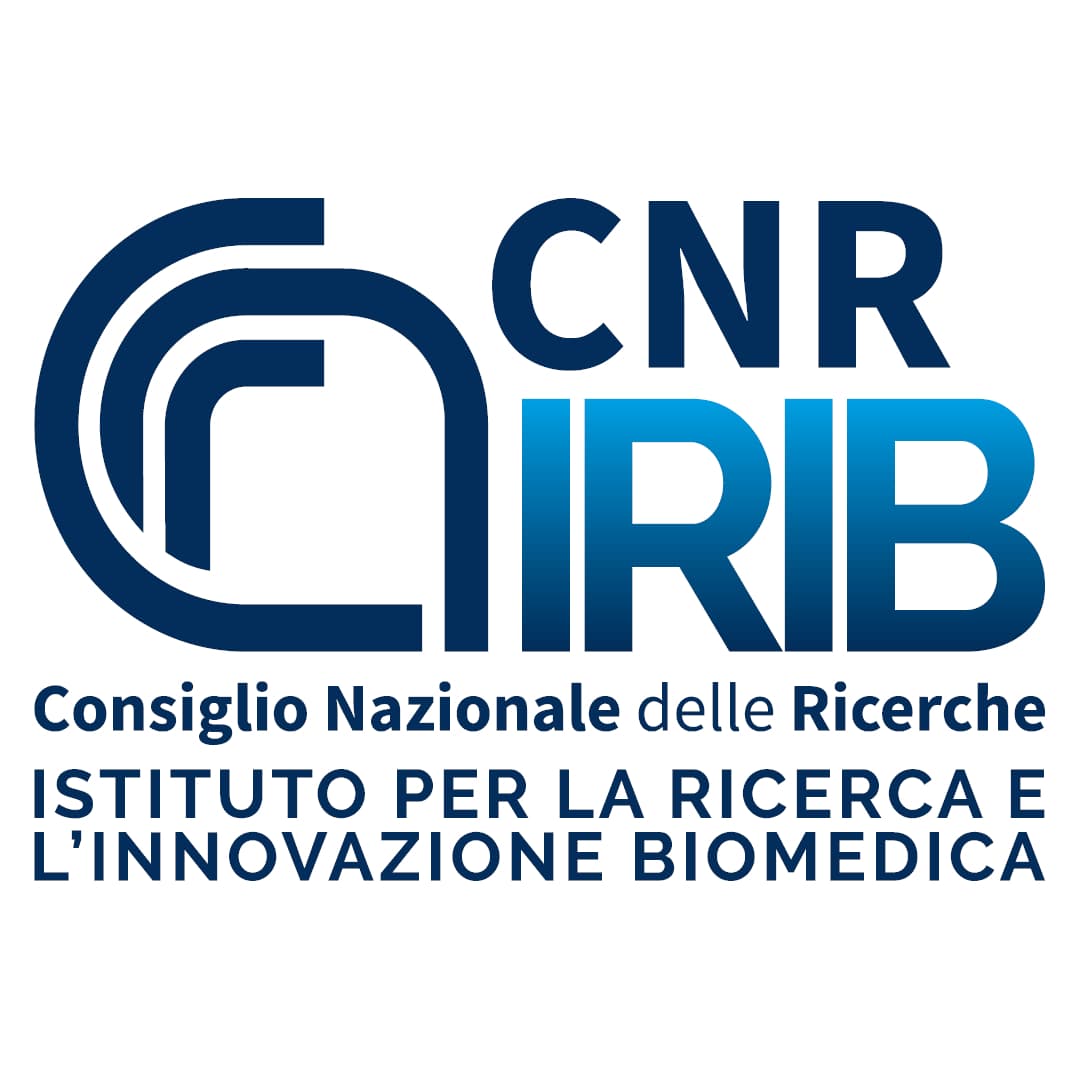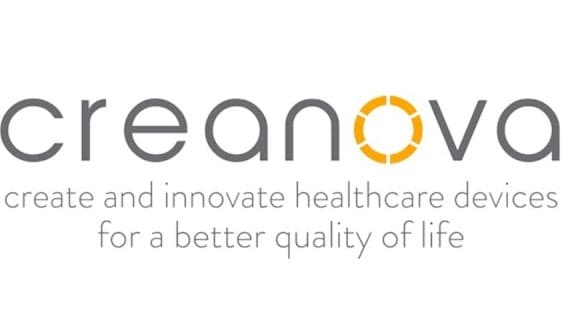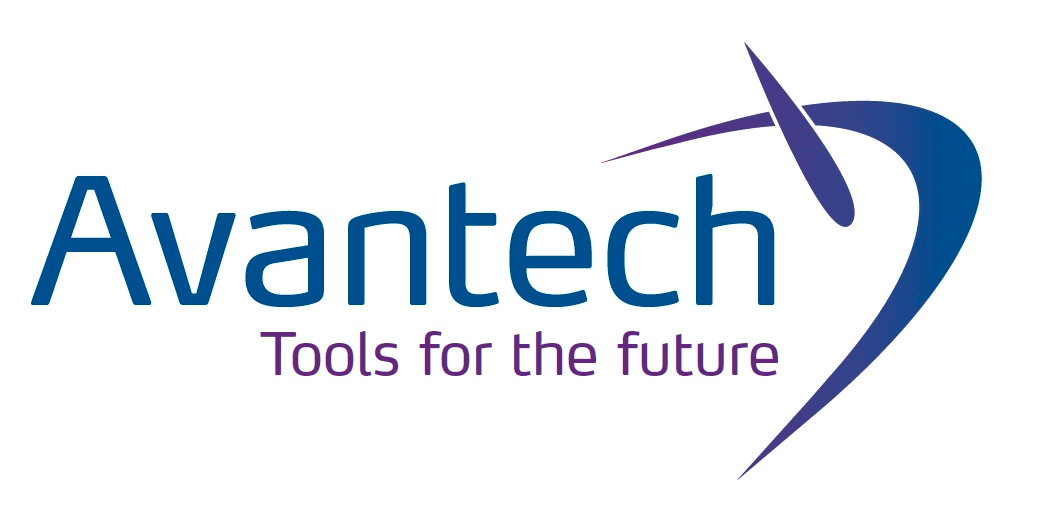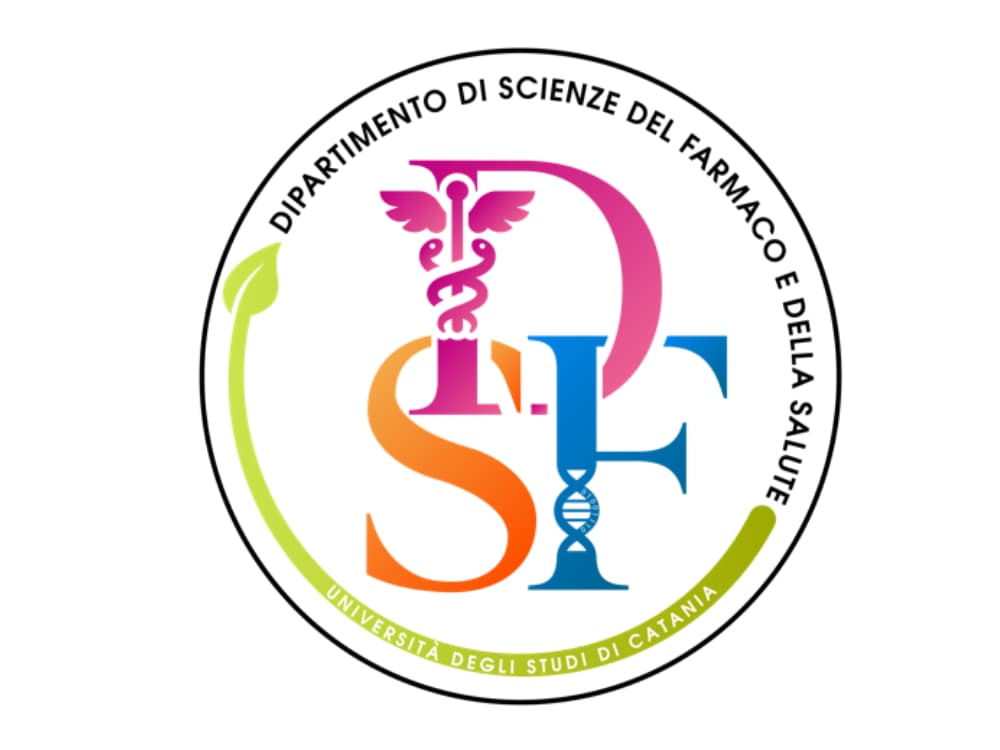
SensAI
PROJECT GRANT
National Research, Innovation and Competitiveness Programme 2021-27, “SCOPERTA IMPRENDITORIALE” - DM 13/07/2023 - Ministry of Enterprises and Made in Italy.



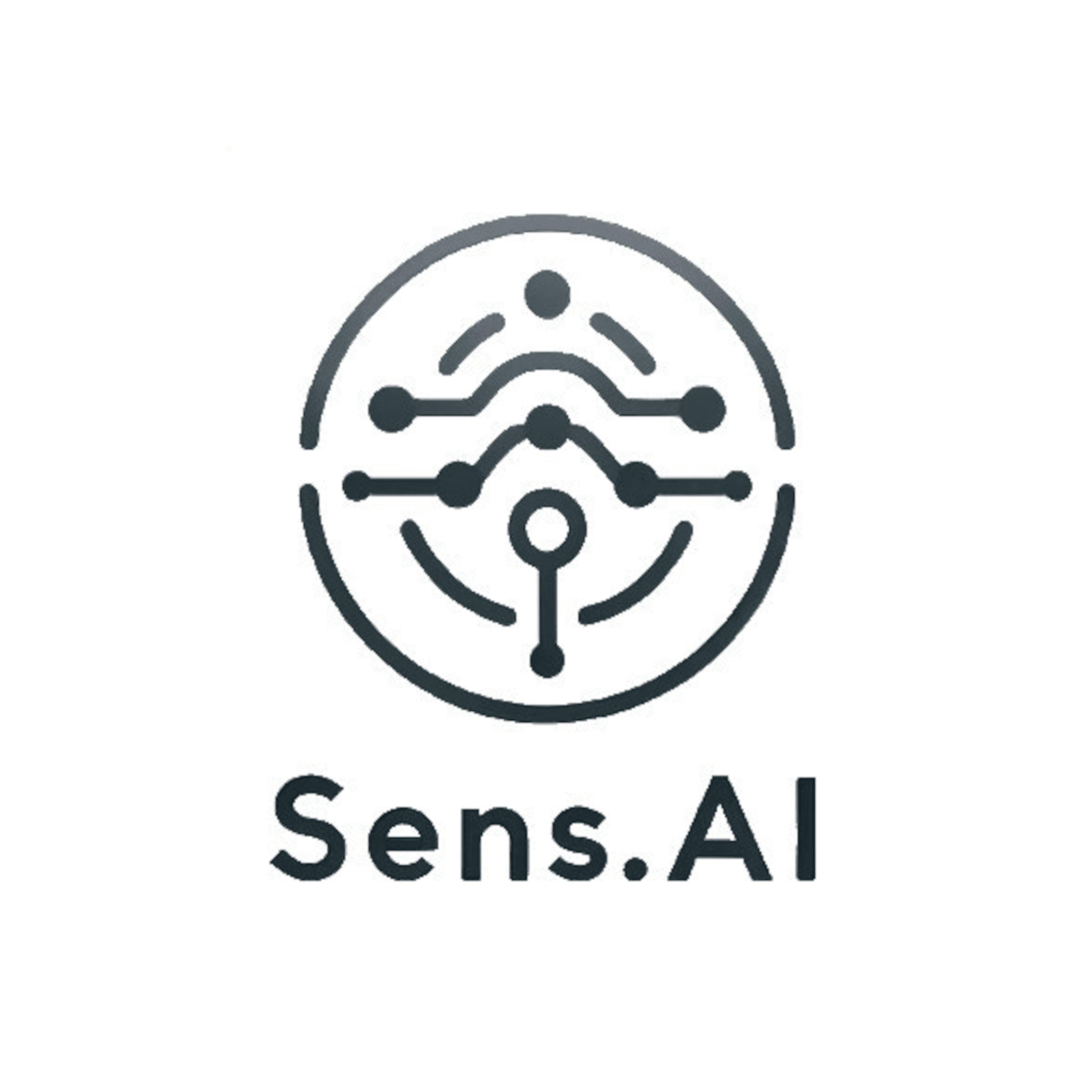
ABSTRACT
The project is led by Infobiotech and partnered by the Department of Pharmacy of UniCT and ICB/CNR, and involves the design, development and testing of a platform for the measurement of the ratio of the levels of two amino acids (Phe/Tyr) in biological samples, composed of innovative analytical methods and advanced digital services, supported by generative artificial intelligence.
The new devices will be based on both enzymatic and non-enzymatic sensing technologies by integrating innovative nanostructured materials for effective, specific and sensitive detection and transduction process for Phe/Tyr ratio.
The SensAi platform will provide hyperphenylalaninemia patients, analytical laboratories, and physicians with innovative tools and methodologies that can drastically simplify current testing procedures and reduce the time between collection and physician reports.

OBJECTIVES
In summary, the Sens.AI system will consist of:
- single-use biosensors made with key enabling technologies, containing both sensing and colorimetric signal transduction modules, capable of measuring the Phe/Tyr ratio
For this purpose, both enzymatic assays based on colorimetric transduction and non-enzymatic assays based on the use of nanomaterials that allow simultaneous and direct detection of Phe and Tyr will be considered;
- detection devices, designed to be made with low-cost components, easy to use and connected with IoT protocols with the SensAi platform, capable of managing all the steps required for biosensor operation, from temperature regolation to colorimetric detection;
- SensAi platform, consisting of a state-of-the-art IT infrastructure capable of acquiring, storing and processing information from all devices and a multi-platform user interface structured for differentiated access by different users of the system (clinical staff) and supported by generative artificial intelligence for interaction with patients.


